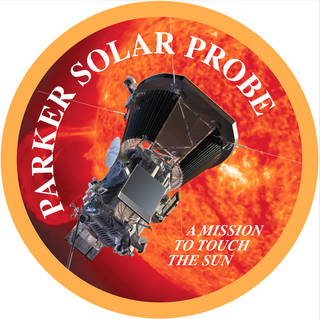
Announcing an unprecedented voyage, NASA said today that it will send a spacecraft to the Sun, where it will explore its fiery outer reaches and "make critical observations that will answer decades-old questions about the physics of how stars work."
In making the announcement at the University of Chicago, which was streamed live on its website, the space agency said that the unmanned craft representing the United States would embark on "humanity’s first mission to a star."
A primary reason for the mission, scheduled to take place beginning in July or August 2018, is to learn more about "solar wind" that was identified in the late 1950's by astrophysicist Eugene Parker. He theorized there was matter escaping the Sun all the time at high speeds, and what was released impacted the solar system's planets. Since that time the phenomenon, which includes the presence of magnetic fields, has been proven to exist.
 “The solar probe is going to a region of space that has never been explored before,” said Parker, in a statement released by NASA. “It’s very exciting that we’ll finally get a look. One would like to have some more detailed measurements of what’s going on in the solar wind. I’m sure that there will be some surprises. There always are.”
“The solar probe is going to a region of space that has never been explored before,” said Parker, in a statement released by NASA. “It’s very exciting that we’ll finally get a look. One would like to have some more detailed measurements of what’s going on in the solar wind. I’m sure that there will be some surprises. There always are.”
The space probe will travel to within roughly four million miles of the Sun, and, as you might imagine, will be subject to intense heat reaching thousands of degrees. If all goes as planned the craft will begin its elliptical journey of roughly 100 million miles – Earth is 93 million miles from the Sun – sometime during a 20-day stretch that begins on July 31, 2018.
Adding to unprecedented nature of the mission, here's another first. The spacecraft has been officially named the Parker Solar Probe (adjacent image courtsey: NASA/APL) in honor of the man who identified solar wind in a published paper as a young professor in 1958.
"This is the first time," said Thomas Zurbuchen, associate administrator for NASA’s Science Mission Directorate, "NASA has named a spacecraft for a living individual.”



